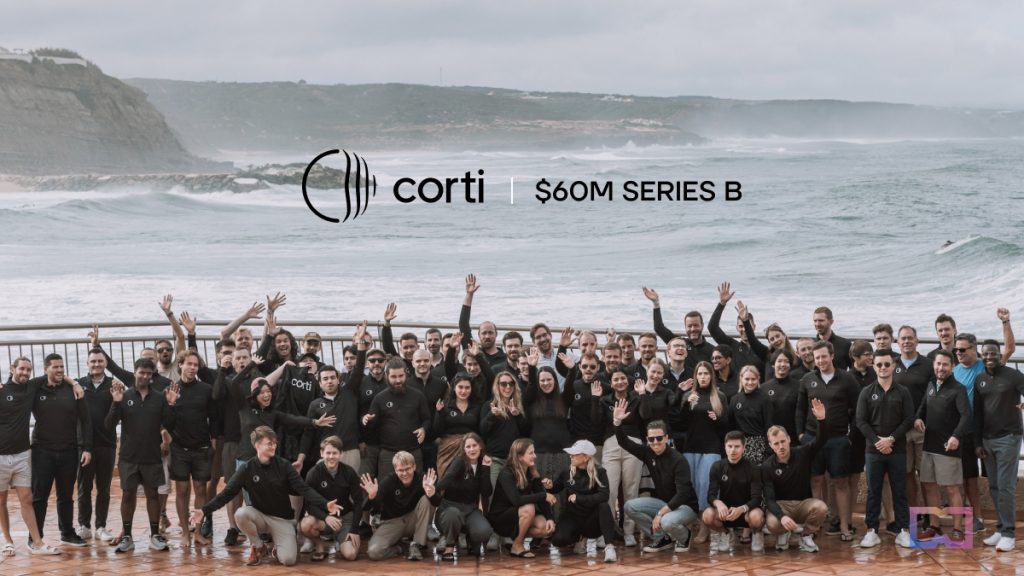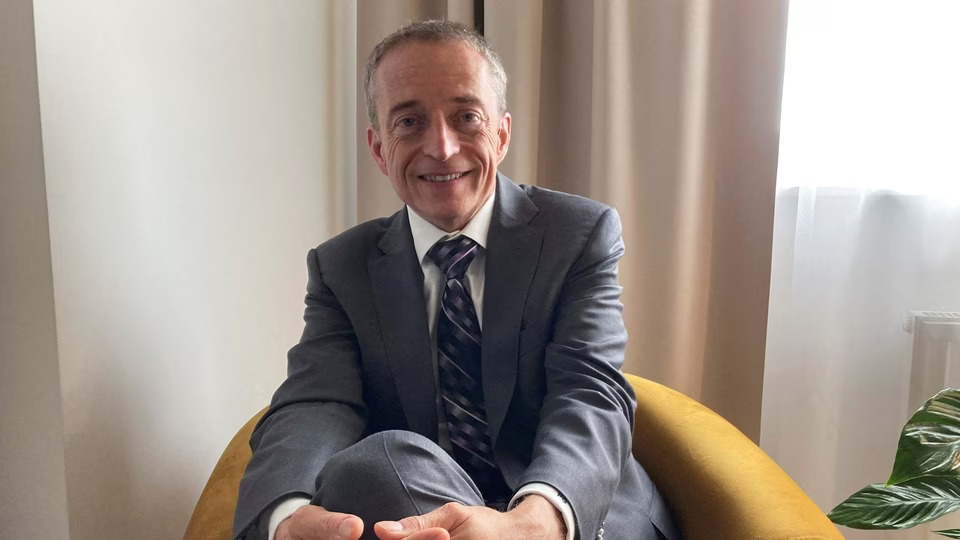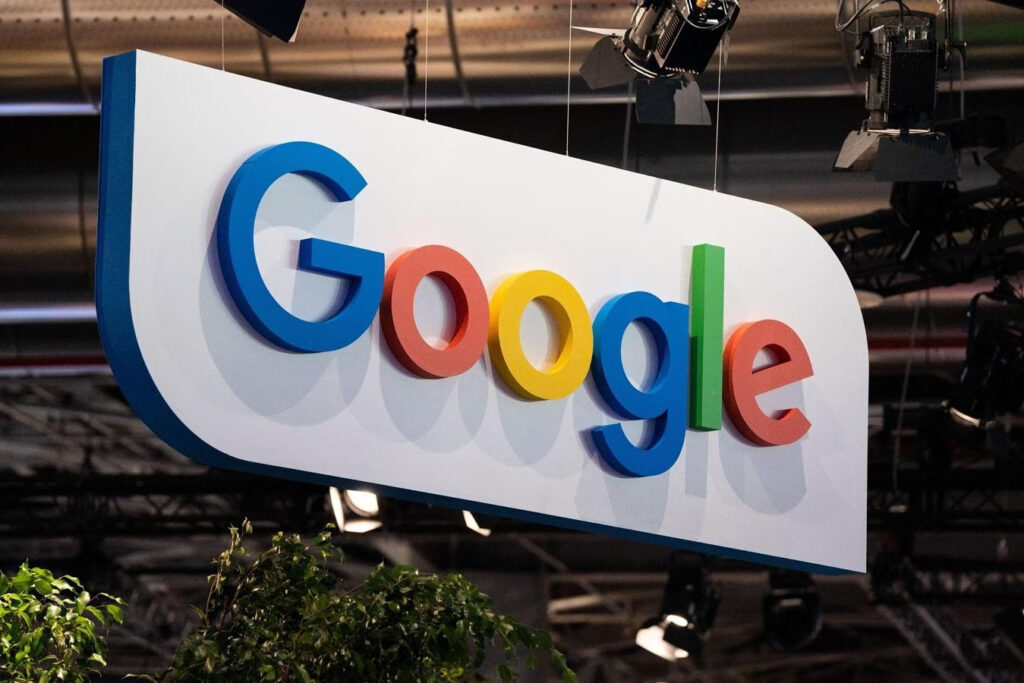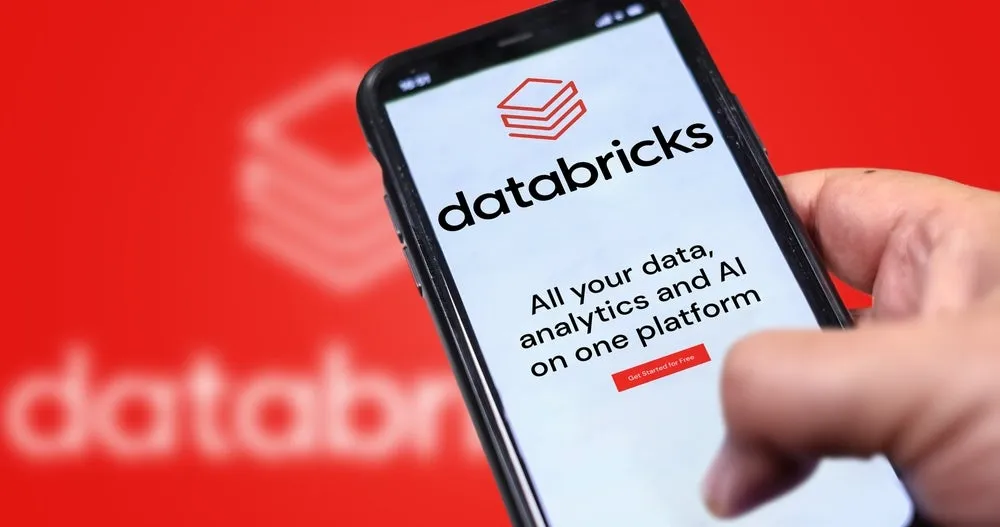Amazon Prime Video Content to Include Ads Starting Early 2024
In a strategic move aimed at fueling further investment in captivating content, Amazon.com Inc. announced on Friday that it will introduce limited advertising to its Prime Video service beginning in early 2024.
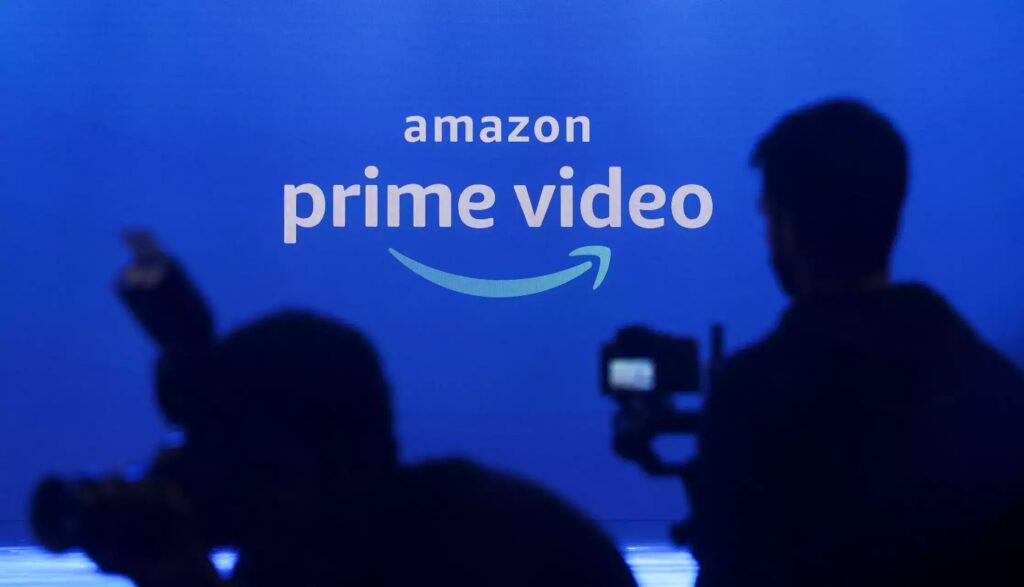
This decision comes as Amazon joins the growing ranks of streaming platforms opting for an ad-based tier to bolster revenue streams. According to the company, the primary objective behind this move is to sustain its commitment to delivering high-quality content to its subscribers. In a blog post, Amazon stated its intention to maintain significantly fewer ads compared to traditional linear TV and other streaming providers, underscoring its dedication to a premium viewing experience.
The rollout of ads on Prime Video will commence in the United States, the United Kingdom, Germany, and Canada in early 2024, with additional markets, including France, Italy, Spain, Mexico, and Australia, set to follow later in the year.
For viewers who prefer an ad-free experience, U.S. consumers will have the option to pay an extra $2.99 per month. International customers can expect this ad-free choice to become available at a later date.
Amazon’s Prime Video has been making waves in the entertainment industry, receiving an impressive 68 PrimeTime Emmy award nominations this year. “The Marvelous Mrs. Maisel,” a beloved streaming comedy, has garnered an impressive 80 nominations over five seasons, solidifying Prime Video’s presence in the highly competitive streaming landscape.
This announcement follows in the footsteps of Netflix Inc., which recently introduced an ad-supported tier to its lineup after years of resisting such a move. Netflix’s Chief Financial Officer, Spencer Neumann, noted that a substantial proportion of accounts are transitioning to the ad-supported option, acknowledging the challenges of building an advertising business within the streaming realm.
Read More: Infosys and NVIDIA Collaborate to Help World’s Enterprises Boost Productivity with Generative AI
Both Amazon and Netflix find themselves navigating the challenges brought about by the ongoing strikes within the entertainment industry. The Writers Guild of America and the Alliance of Motion Picture and Television Producers have engaged in bargaining talks, aiming to reach a resolution that would bring an end to the production standstill. The strikes, with the Writers Guild of America beginning in May and actors represented by SAG-AFTRA joining in July, have disrupted the industry and heightened the importance of alternative revenue streams like advertising.
As the streaming giants adapt to evolving viewer preferences and revenue models, the inclusion of ads on Prime Video represents Amazon’s commitment to maintaining a diverse and competitive streaming ecosystem while continuing to invest in high-caliber content for its global audience.

I am a law graduate from NLU Lucknow. I have a flair for creative writing and hence in my free time work as a freelance content writer.
